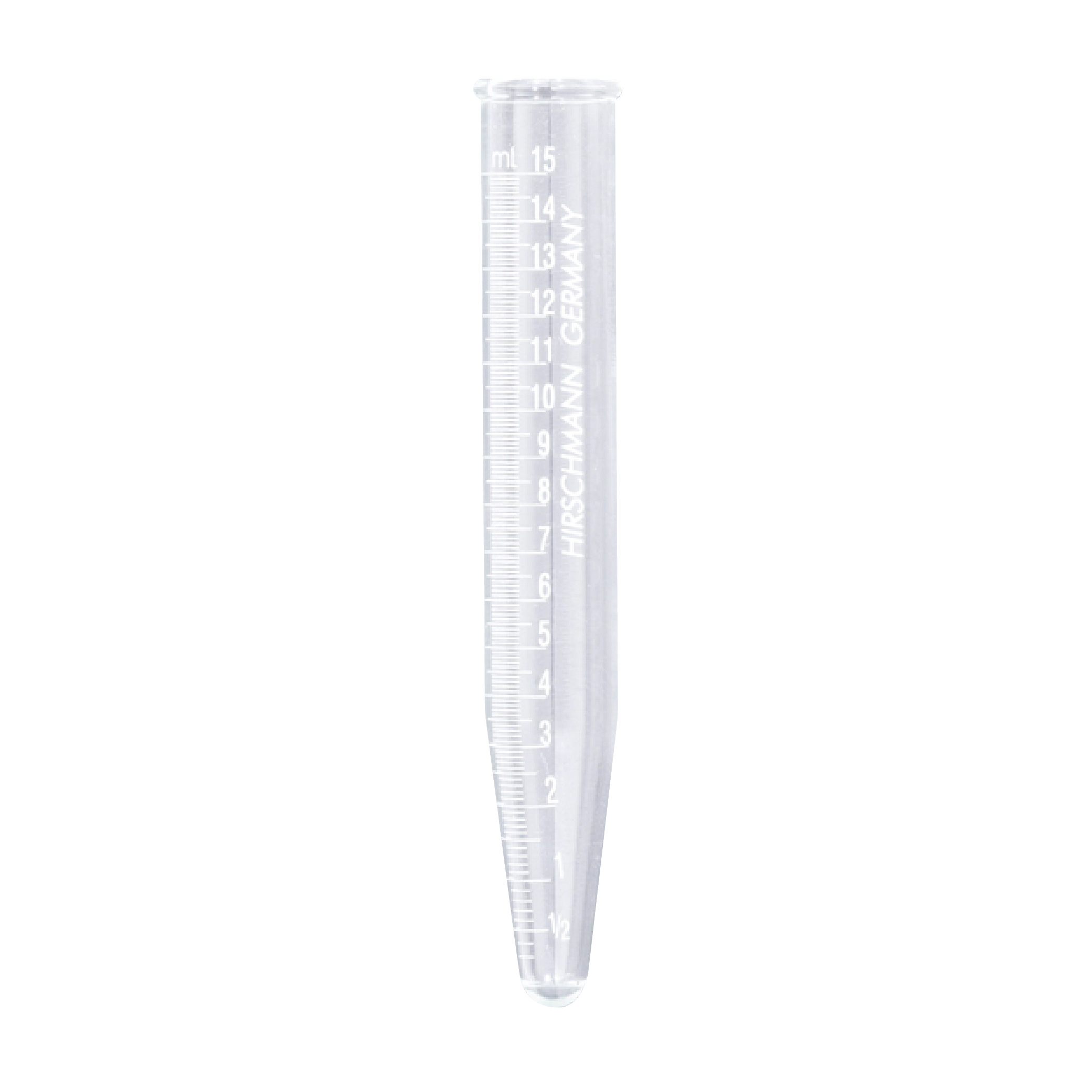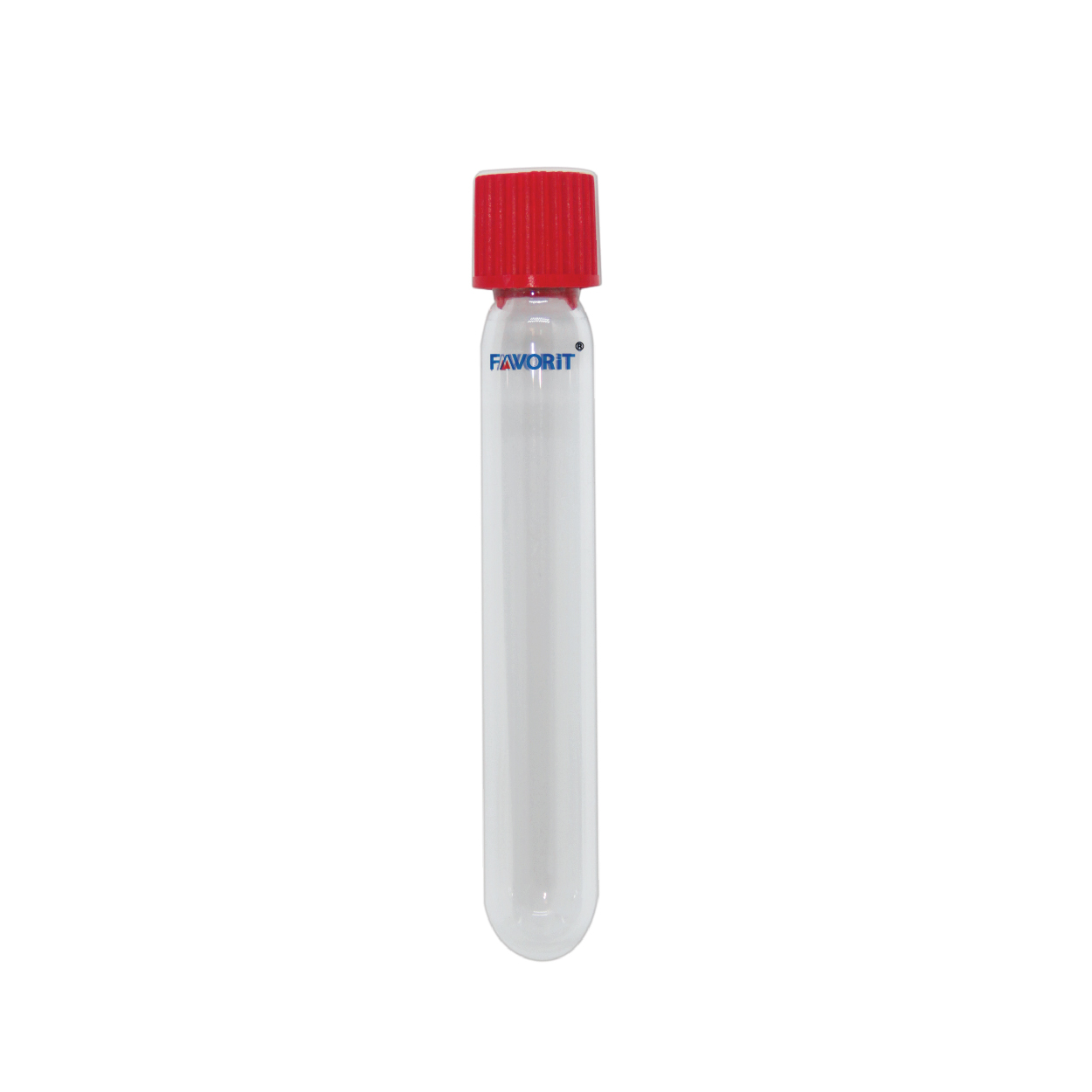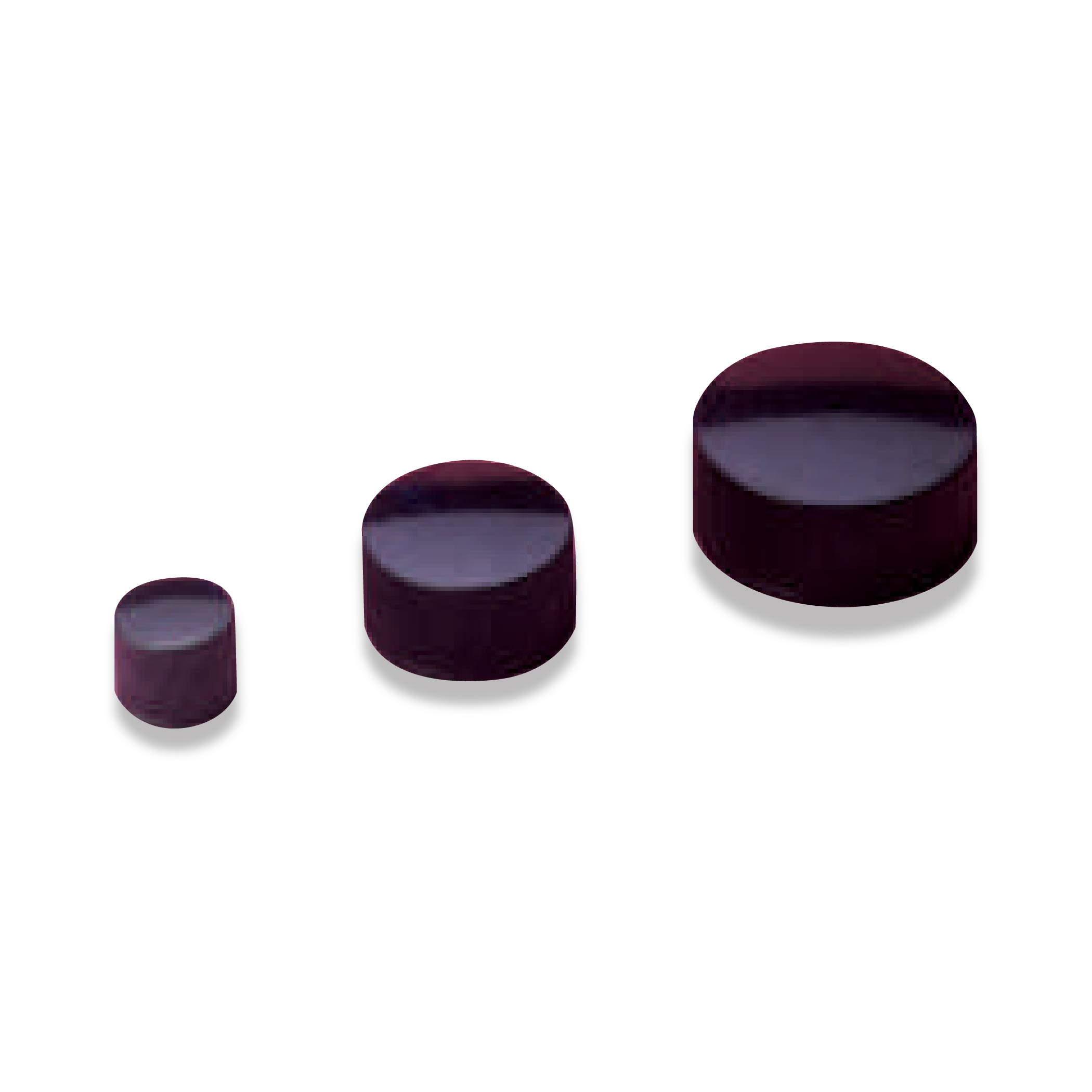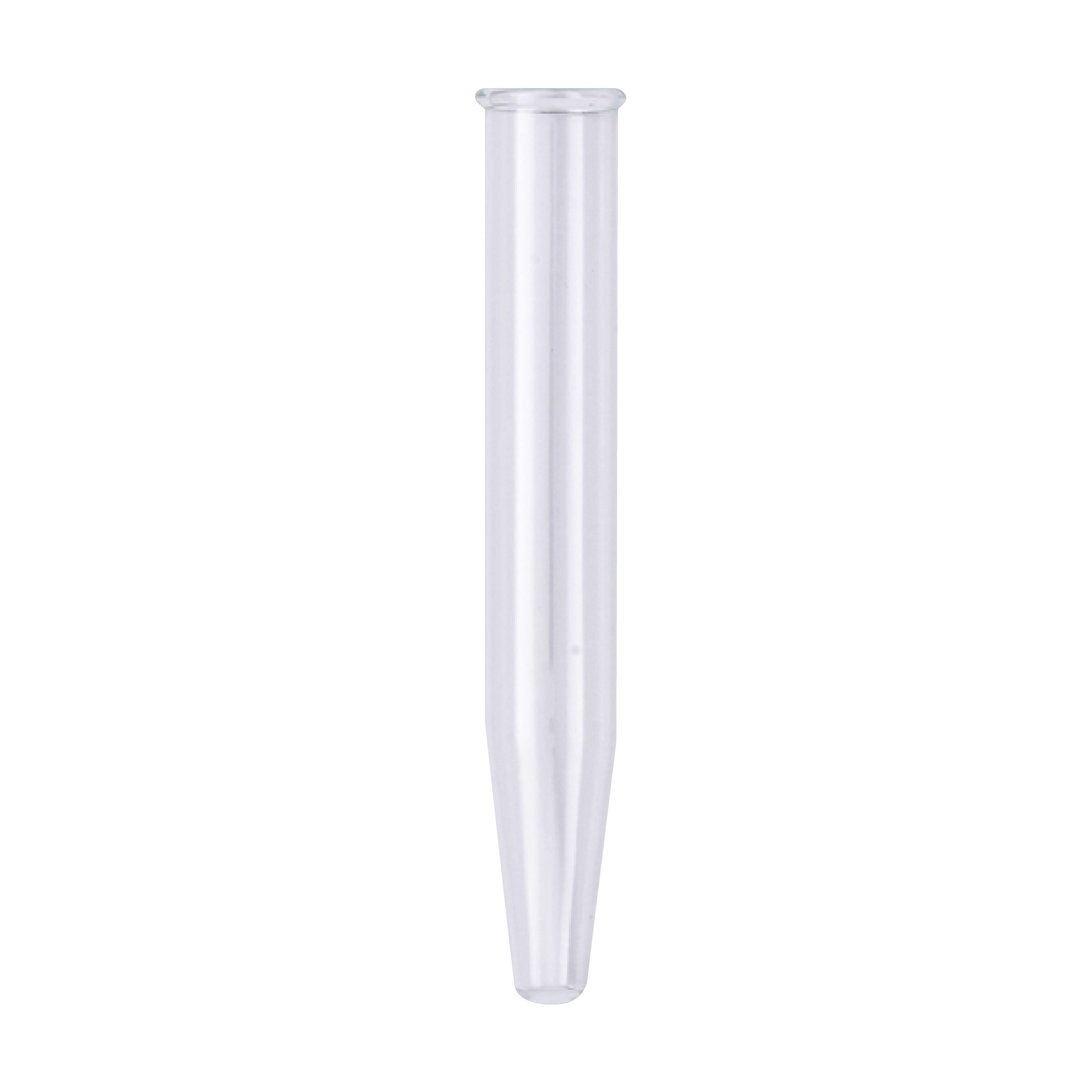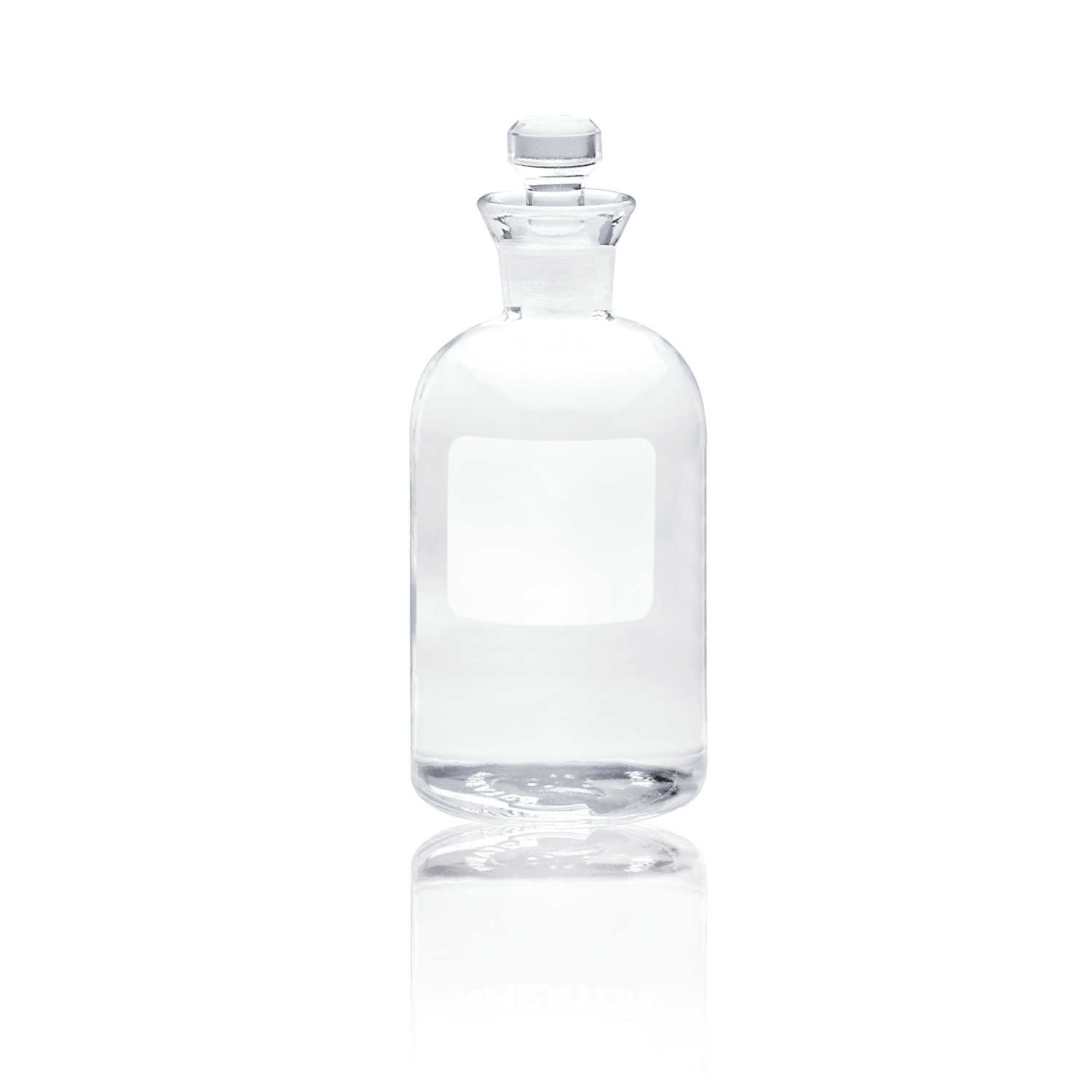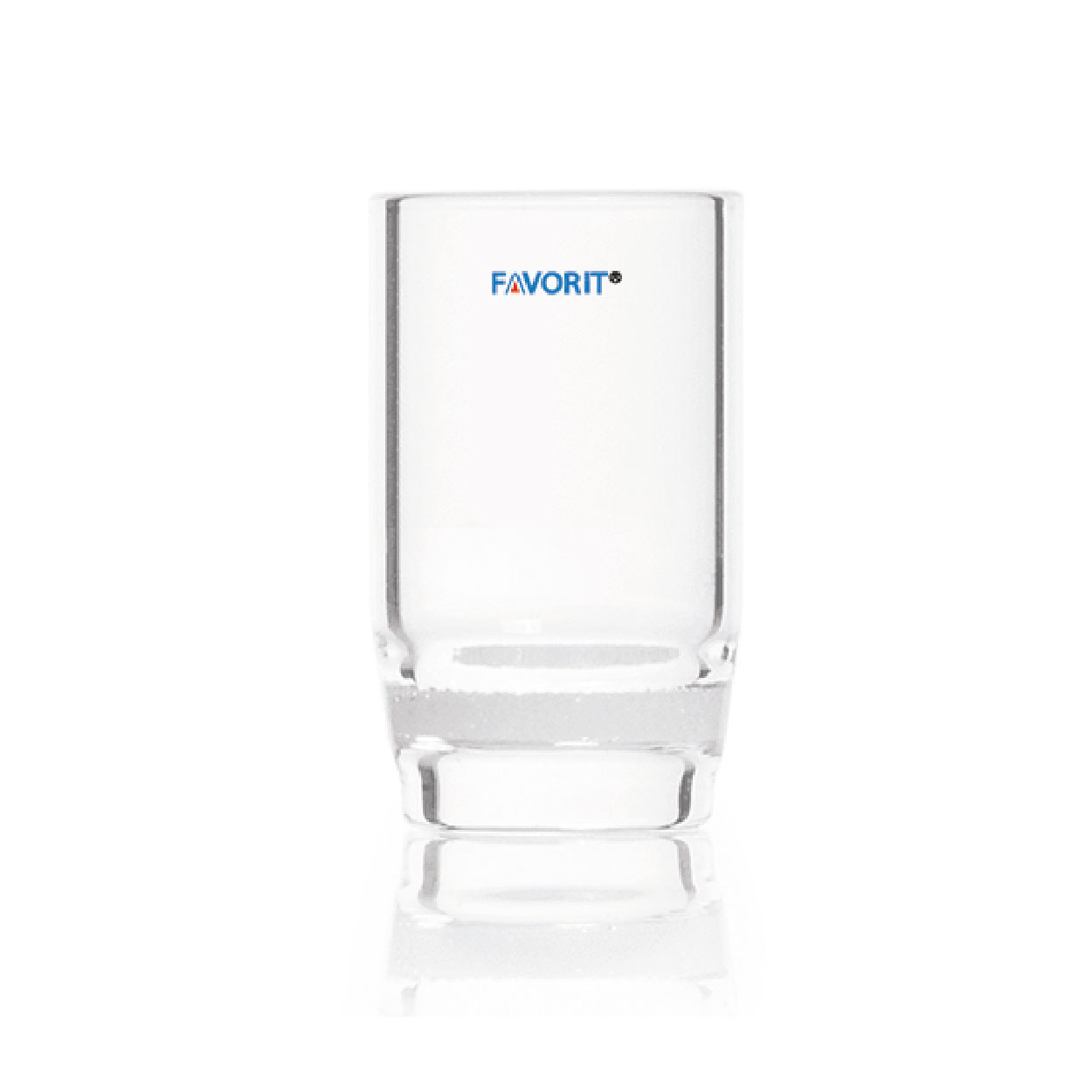- Empty cart.
- Continue Shopping
- Manufactured from PP, ePTFE
- Pressure equalisation during steam sterilisation
- The microporous structure of the ePTFE membrane enables sterile gas exchange in two directions, while blocking the penetration of liquids or solids and the bottle contents remain sterile
- Increased gas exchange rate due to thin 0.2-µm ePTFE membrane , combined with larger ventilation openings
- The PTFE membrane and its polypropylene mesh support are ultrasonically welded in place forming a durable seal
- Cost effective as the caps can be reused several times (Replacement is recommended after 3 to 5 autoclave cycles due to durability, or if the membrane becomes damaged or contaminated)
- Polytetrafluoroethylene (ePTFE) membrane (conforms to USP 121 °C Class VI) with polypropylene mesh
Product Overview
The screw cap can be tightly closed as the membrane permits an automatic sterile gas exchange, allowing safe pressure equalisation during the autoclave cycle, and at the same time ensuring the sterility of the bottle contents.
DURAN® Original GL Screw Capped Laboratory bottles are ideal containers for sterilising and storing media or buffer solutions. However, it is strongly recommended that during the autoclaving cycle the caps are only loosely tightened. Heating times are reduced if the steam is easily able to penetrate the contents of the bottle. Loose caps also reduce the risk of failure due to pressure build up inside the bottle, which can reach 400 kPa (absolute). In addition, tightening the screw caps immediately after autoclaving, will result in a vacuum caused by the cooling of the steam. This can lead to bottle failure, and is an especially important consideration for larger bottles. To overcome these limitations, the sterile venting membrane screw caps were developed.









